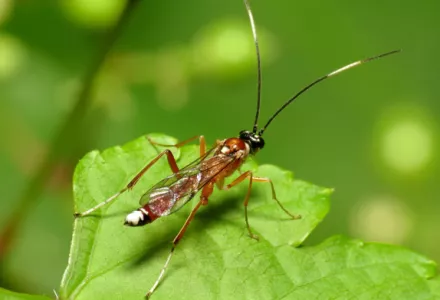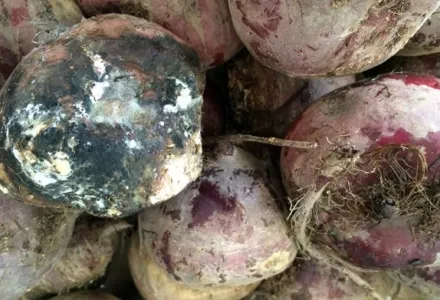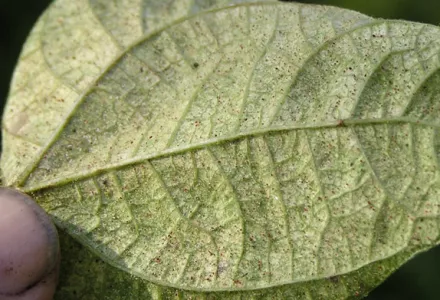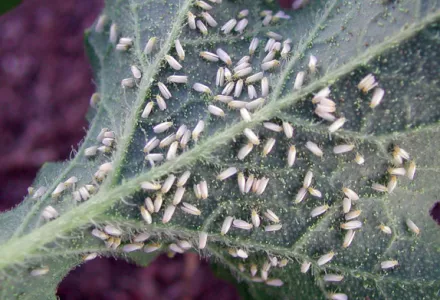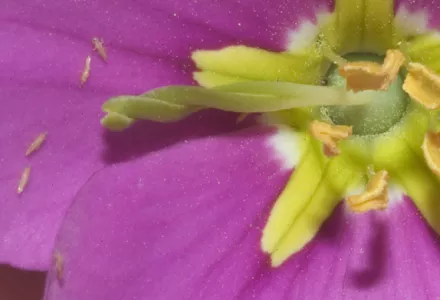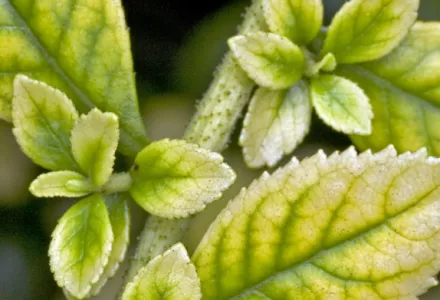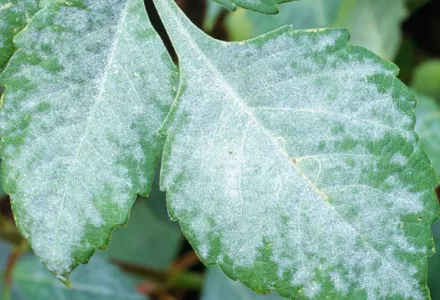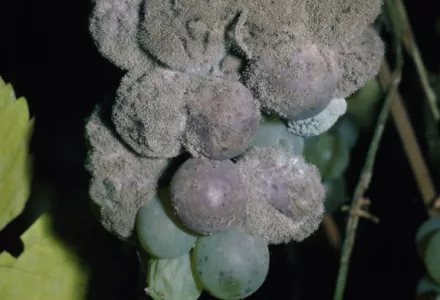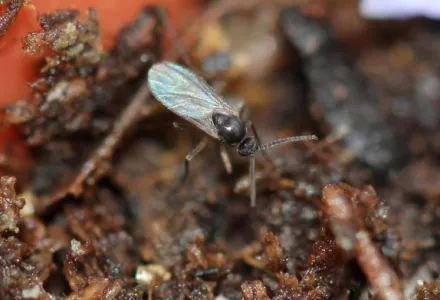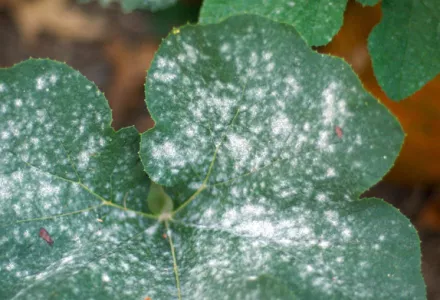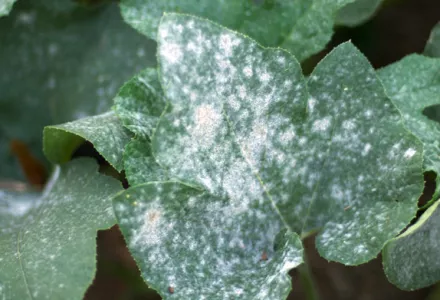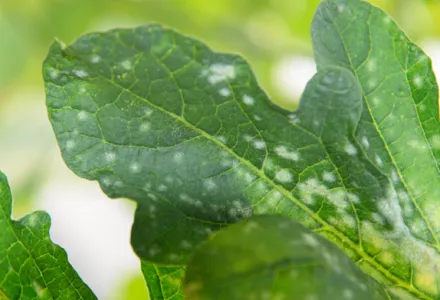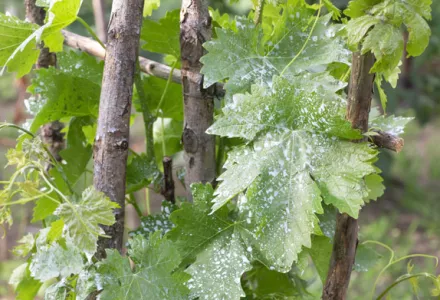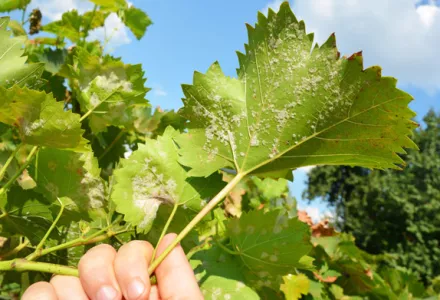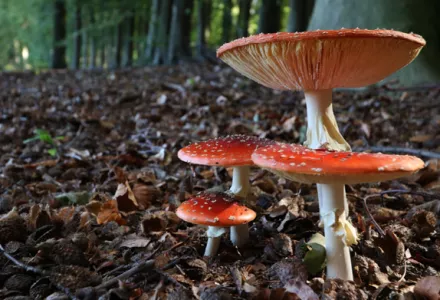In the previous article we explained a bit about parasitic wasps in general. In this article we will look at some of the more common and most used parasitic wasps for the control of aphids (also known as green fly) in more detail.
Aphidius species
The wasp genus Aphidius is a large group containing numerous species, all of which attack aphids and provide natural control of aphids in gardens, commercial fields, and urban landscapes. The species discussed here are commercially available, and are generally used in greenhouses.
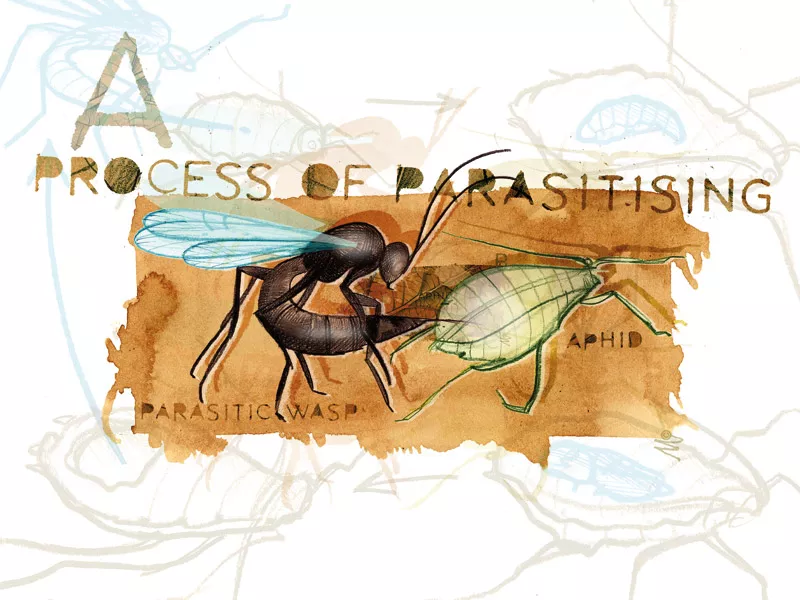
1. Aphidius are small braconid wasps. Females lay eggs singly in aphid nymphs. The wasp larvae consume the aphids from inside. As the larvae mature and the aphids are killed, the aphids turn into mummies. After the larvae pupate, each adult wasp emerges through an exit hole cut in the mummy. In addition to killing aphids directly, mechanical disturbance of aphid colonies by the searching behaviour of the adult wasps causes many aphids to fall off the plants and die.
TIP!: Adult wasps are attracted to the color yellow, so yellow sticky cards should be removed before releases are made.
2. Aphidius matricariae, are a 3mm long, black wasp from Europe. It is one of the most common and effective parasites of the green peach aphid. Females lay 50-150 eggs in aphid nymphs of all sizes. The aphids are killed in about 7-10 days, the aphids turn into a smooth, shiny, and light brown to silvery-gold mummy. This wasp does not diapause under winter greenhouse conditions as readily as some natural enemies so it can be an important part of an aphid biological control program from fall through early spring. Native A. matricariae entering the greenhouse from outside sometimes become established and provide effective control.
3. Aphidius colemani is a cosmopolitan species, meaning it occurs in most parts of the world. It reproduces well on cotton aphid, green peach aphid, and other species, but not on potato or foxglove aphid. It looks similar to A. matricariae, but females lay more eggs. An average of 388 over their 4-5 day life span. A. colemani is a good candidate for aphid biological control in greenhouses because of its high reproductive potential, short development time and ability to parasitize several species of aphids, especially cotton aphid, melon aphid and green peach aphid. Their disadvantage is that they are less effective at higher temperatures (above 80oF).
4. Aphidius ervi is another cosmopolitan species that parasitizes numerous aphid species in many different crops. In greenhouses, the black adults parasitize particularly potato aphid and foxglove aphid, which turn into a grey or brown mummy. A. ervi is most effective when released before aphid populations build up. Disadvantage is that they are less effective at higher temperatures (above 80oF).
Both A. ervi and A. colemani can be used in a banker plant system. A “banker plant system” is a rearing / release system consisting of three basic elements:
- The banker plant.
- Alternative prey or other food to sustain natural enemies.
- The natural enemies themselves.
When using alternative prey, it is important to use plants which harbor prey that is not a potential pest of the protected crop. The most commonly known banker plants are cereal plants with aphids that are only living on cereal crops.
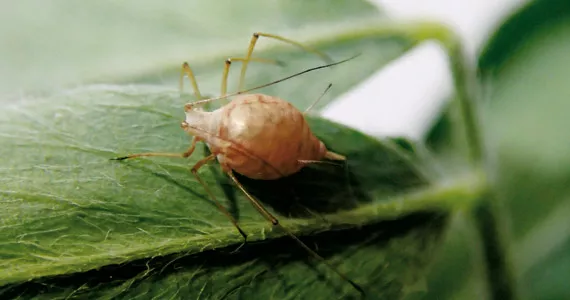
Aphelinus abdominalis
Aphelinus abdominalis is a parasitoid wasp which attacks over 200 species of aphids. It is primarily a parasitoid of larger aphids (Foxglove, Potato Aphid and Green Peach Aphid) but is also a significant predator.
Aphelinus are about 3mm long and black with a yellowish-brown abdomen. The legs and antennae are relatively short. Although winged, they are not strong fliers so needs to be placed near aphid colonies for maximum efficacy.
The female lays eggs singularly into mid age nymphal stages of aphids. The egg hatches after 2-3 days and the larva feeds on the aphid without immediately killing it. During pupation it transforms the aphid into a distinctive black 'mummy'. Direct killing through predatory feeding on non-parasitized younger nymphs, is also significant. Aphelinus has a relatively long life and oviposition period of several weeks and can lay 5-10 eggs/day. Aphelinus is better able to withstand high temperatures than Aphidius species.
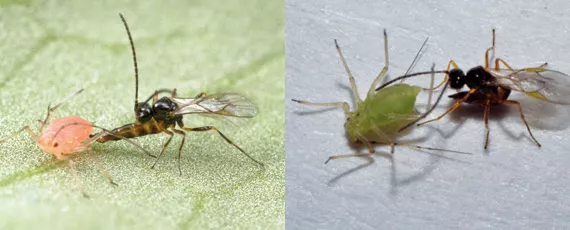
Aphidoletes aphidimyza
Contrary to some other gall midge species, Aphidoletes aphidimyza, or aphid midge, does not cause damage by forming galls on leaves. The adults feed on pollen and nectar. A female has an excellent searching ability for aphid hot spots where she lays more than hundred eggs. The larvae are voracious predators preferring almost all aphid species.
Adult aphid midges are small (2-3 mm), delicate, mosquito-like flies with long, dangling legs and long antennae. Eggs are oval, minute (about 0.1 mm by 0.3 mm), and orange. The larvae, which look like orange maggots, are tiny, growing through three instars from minute to 2-3 mm. The midge larva paralyses each aphid by attacking its leg joints and then sucks it dry, leaving a blackened, collapsed aphid attached to the leaf. One larva needs a minimum of 7 aphids in order to complete the life cycle, but it may eat as many as 80. In addition, the larvae kill more aphids than they consume. The larvae pupate in the soil.

